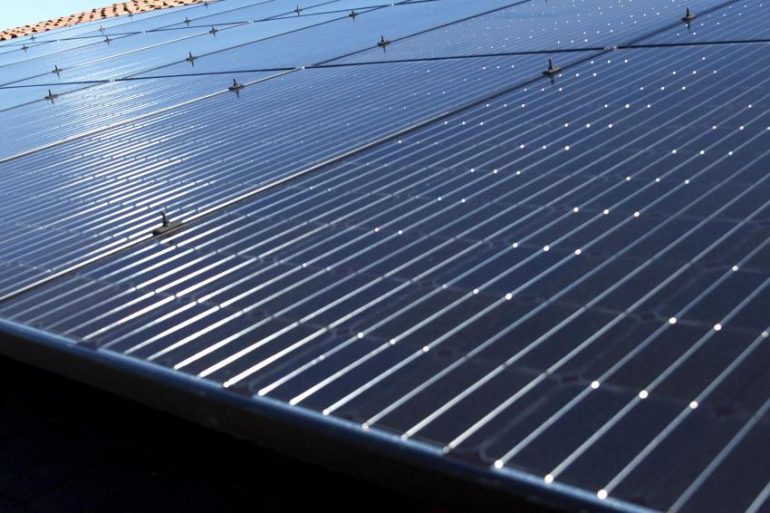How Large Should a Solar Solution Be?
Pakistan
500+ MW Solar PV
90 MWh REFLEX
5,500 Telco Towers

How big should a solar plant be? How many solar panels do I need for a 3-acre space? Such questions often arise when industries decide to go solar. However, before jumping to a number, it’s important for businesses to identify their solar plant production goals and understand that the ideal PV system size may vary based on several factors.
Factors that determine the size of the Solar PV system
Installing the desirable size of a PV system may be determined by the following factors:
Annual Energy Consumption
The size of a solar solution is highly dependent on the load pattern of the industry as well as the sanctioned load. The first step to determine an industry’s annual consumption is by estimating the total kilowatt hours (kWh) of electric usage from the electricity bills. Large scale industries in Pakistan may have varying power consumption; for instance, a cement industry producing 1 million metric tonnes of cement will be consuming 30-40 GWh of power per annum, and these quoted figures are modest. The solar capacity of such a plant may vary from 5-6 MW.
Available Space
Businesses may not possess huge acres of idle land or even when they do, they might not be willing to allocate all their space towards solar panel installation. Generally, under ideal conditions, one kilowatt of PV solar will cover an area of 150 square feet approximately. This is where a solar installer’s expertise might come into play as they have the technology and knowledge to maximize the space allocated for solar power generation.
Solar Panel Type
The type of solar panel selected also affects the size of the solar solution. A thin film or polycrystalline panel will need a lot more space for producing per kilowatt of energy compared to a monocrystalline panel but will be much cheaper. For a rough idea, monocrystalline panels require 20% lesser space compared to polycrystalline panels for producing the same amount of energy.
Solar System Efficiency
Solar plant efficiency is greater in the regions of Sindh, Punjab, and Balochistan as compared to Northern regions (including Azad Kashmir) and Khyber Pakhtunkhwa. Moreover, solar system efficiency may vary with panel placement and shading. It is important for the installer to foresee any concerns that might arise due to dust deposition or shade from nearby buildings and trees before determining the size of the solar solution.
Conclusion
While all industries would want their PV system to offset the entire power usage, this may not be practical. A wise decision in selecting the size of the solution would be devising a power production strategy that works on maximizing the yield from solar and keeps in check the factors affecting the system size.


